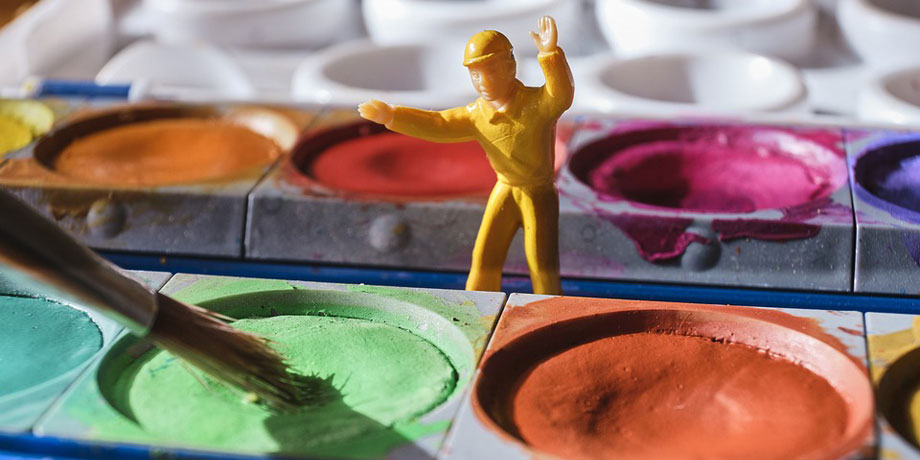
Indian miniature paintings are considered as a fine art form that has been treasured for centuries. These paintings are not just aesthetically pleasing, but they also carry rich cultural, historical and spiritual symbolism within them. These intricate works of art, that are often no larger than a postcard, narrate tales from Hindu mythology, courtly life, and the lives of the saints, and are an integral part of Indian cultural heritage.
The origin of Indian miniature paintings can be traced back to the 16th century during the reign of the Mughal emperors. The Mughals patronized various forms of arts including literature, architecture, and paintings. However, it was during the reign of Akbar the Great, that Indian miniature paintings reached its zenith. The Mughal miniaturists were influenced by Persian miniature paintings, and they incorporated various Indian elements, making the paintings truly Indian.
Indian miniature paintings are characterized by the use of vibrant colors, intricate details, and symbolic elements. Every stroke, color, and detail in these paintings holds significance and tells a story. Some of the common symbolic elements used in traditional Indian miniature paintings are animals, flowers, plants, and celestial bodies. These elements are often used to depict characters or to express certain emotions. For example, the lotus flower is often used to symbolize purity and enlightenment, while the elephant symbolizes strength and wisdom.
One of the most unique aspects of Indian miniature paintings is the use of pigments. These pigments are made from natural materials such as minerals, plant extracts, and precious stones, and are mixed with a binder to form the colors. This results in colors that are not only vibrant but also long-lasting. These pigments are often mixed in various proportions to create different shades, and this adds to the depth and richness of the paintings.
The themes in traditional Indian miniature paintings are varied and range from tales from Hindu mythology, courtly life, and the lives of saints. These paintings also depict battles, hunts, and other aspects of daily life. The paintings often depict characters in a certain pose, and this pose also holds significance. For example, the position of the eyes and the hands often depict the emotion the character is feeling.
In conclusion, traditional Indian miniature paintings are not just aesthetically pleasing works of art, but they are also a window to the rich cultural and spiritual heritage of India. These paintings are a testament to the skills of the miniaturists and the care that was taken to create these intricate works of art. Today, Indian miniature paintings continue to captivate audiences, and they are a must-see for anyone interested in Indian culture and history.



Leave a Comment